As you consider the landscape of chronic migraine management in 2025, it's clear that significant advancements are on the horizon. You'll encounter personalized treatments that cater to your unique triggers, from neuromodulation devices to cutting-edge medication options. The growing understanding of the gut-brain connection and genetic factors will also shape new therapies tailored just for you. However, the integration of technology into your daily migraine management might hold the key to making these treatments even more effective. What does this mean for your daily life and overall health?
Advances in Migraine Research
Advancing our understanding of chronic migraines has become a top priority in the medical community. Researchers are diving deep into the biological mechanisms behind these debilitating headaches, aiming to pinpoint the precise triggers and pathways involved. You might find it fascinating that recent studies focus on the role of genetics, inflammation, and neuronal signaling in migraine development. By identifying certain genetic markers, scientists hope to develop targeted therapies that cater specifically to individuals based on their unique genetic profiles.
Moreover, advancements in neuroimaging techniques, like functional MRI and PET scans, are giving researchers unprecedented insight into how migraines affect brain activity. These tools help visualize changes in blood flow and brain function during an attack, which could lead to better diagnostic criteria and treatment protocols for you.
Additionally, the exploration of the gut-brain connection has opened new avenues for understanding how gut health might influence migraine frequency and intensity. Some studies suggest that specific dietary changes could mitigate symptoms, offering you practical lifestyle adjustments to reflect upon.
As researchers continue to publish their findings, the knowledge base grows, leading to potential breakthroughs in how chronic migraines are understood and managed. Keeping abreast of these advances can empower you to engage in informed discussions with your healthcare provider.
All of this research underscores the commitment to finding effective solutions for those suffering from chronic migraines, ensuring that relief isn't just a dream, but an achievable reality in the near future.
Innovative Treatment Options
With a growing understanding of the biological mechanisms behind chronic migraines, innovative treatment options are emerging that promise to change the landscape of migraine management.
These advancements aim to provide relief and improve your quality of life, moving beyond traditional medications. Here are three innovative options you should consider:
- CGRP Inhibitors: Calcitonin gene-related peptide (CGRP) inhibitors target a key pathway involved in migraine attacks. By blocking this peptide, they reduce the frequency and severity of migraines. Many patients find these medications remarkably effective with fewer side effects.
- Neuromodulation Devices: Devices like transcutaneous electrical nerve stimulation (TENS) units or gammaCore offer non-invasive ways to stimulate nerves and alter pain perception. These devices can be used at home and allow you to take control of your migraine management without relying solely on medications.
- Psychedelic-Assisted Therapy: Emerging research suggests that psychedelics, such as psilocybin, may help in alleviating chronic migraines. This groundbreaking approach combines psychotherapy with the use of these substances, aiming to rewire how your brain processes pain and stress.
These innovative treatments not only provide hope but also empower you to take charge of your migraine journey.
As research continues, you can expect even more options tailored to your needs, making a significant impact on how you manage chronic migraines.
Personalized Care Approaches
Personalized care approaches are revolutionizing how you manage chronic migraines, tailoring treatments to fit your unique symptoms and lifestyle. Instead of a one-size-fits-all method, these approaches consider your medical history, triggers, and individual preferences. This means you'll likely experience more effective relief tailored specifically to you.
To start, your healthcare provider will conduct a thorough assessment. This involves discussing your migraine patterns, triggers, and any other health conditions you may have. By understanding your unique situation, they can recommend a treatment plan that could include a combination of medication, lifestyle changes, and alternative therapies.
You might find that keeping a detailed migraine diary helps track what works and what doesn't. This diary can pinpoint patterns, from food triggers to stress levels, allowing for more precise adjustments in your treatment. Your doctor may suggest dietary changes, exercise regimens, or relaxation techniques that specifically cater to your lifestyle.
Additionally, open communication with your healthcare team is essential. Regular check-ins can help you assess the effectiveness of your treatment and make necessary changes. You're encouraged to voice your concerns and preferences, ensuring your care remains centered around your needs.
Ultimately, personalized care approaches empower you to take control of your chronic migraines. By focusing on your individual experiences and responses, you can find a more effective path to relief, enhancing your overall quality of life and enjoyment.
The Role of Technology
Technology is transforming the landscape of chronic migraine management, offering innovative tools that enhance your ability to track symptoms and identify triggers. With advancements in wearable devices, mobile apps, and telehealth, you now have resources at your fingertips that can markedly improve your understanding of your condition.
Here are three ways technology is making a difference:
- Wearable Devices: These gadgets monitor physiological signals such as heart rate and sleep patterns, helping you identify potential triggers. You can wear them daily, and they'll provide valuable data to discuss with your healthcare provider.
- Mobile Apps: Various apps allow you to log your migraine episodes, medications, and environmental factors. By analyzing this data, you can uncover patterns over time. This information can be essential in adjusting your treatment plan and minimizing the frequency and severity of your migraines.
- Telehealth Services: With virtual consultations, you can connect with specialists without the hassle of travel. This accessibility means you can get expert advice and adjustments to your treatment plan in real-time, ensuring you stay proactive in managing your migraines.
Embracing these technological advancements empowers you to take control of your chronic migraines. By utilizing these tools, you enhance your ability to communicate with healthcare providers, leading to more effective, personalized care.
In a world where technology continually evolves, you have the opportunity to leverage these innovations for a better quality of life.
Holistic and Alternative Therapies
Holistic and alternative therapies offer promising avenues for managing chronic migraines, often focusing on the whole person rather than just symptoms. By exploring these methods, you can discover personalized strategies that may complement traditional treatments and enhance your overall well-being.
One effective approach is acupuncture, which some studies suggest can reduce the frequency and intensity of migraines. By targeting specific points on your body, acupuncture aims to relieve tension and restore balance.
Another popular option is herbal medicine. Certain herbs, like feverfew and butterbur, have shown potential in alleviating migraine symptoms. Consult with a knowledgeable practitioner to find the right formulations for you.
Mindfulness and meditation practices can also play a significant role in managing stress and anxiety, common triggers for migraines. By incorporating techniques like deep breathing and visualization, you can cultivate a sense of calm and reduce the likelihood of attacks.
Additionally, regular physical activity, such as yoga or tai chi, promotes relaxation and improves overall health. These practices can help you build resilience against migraine triggers while enhancing your physical and mental well-being.
Lastly, dietary modifications may yield positive results. Keeping a food diary can help you identify potential triggers and avoid them. Consider working with a nutritionist to develop a balanced diet tailored to your needs.
Conclusion
As we look ahead to 2025, the future of chronic migraine management is bright. With groundbreaking research and innovative treatments tailored just for you, relief is becoming more attainable. Embracing technology and personalized care means you'll have the tools needed to track and manage your migraines effectively. Plus, exploring holistic options can complement these advancements. Together, these strategies promise to enhance your quality of life and provide hope for a brighter, migraine-free future.



